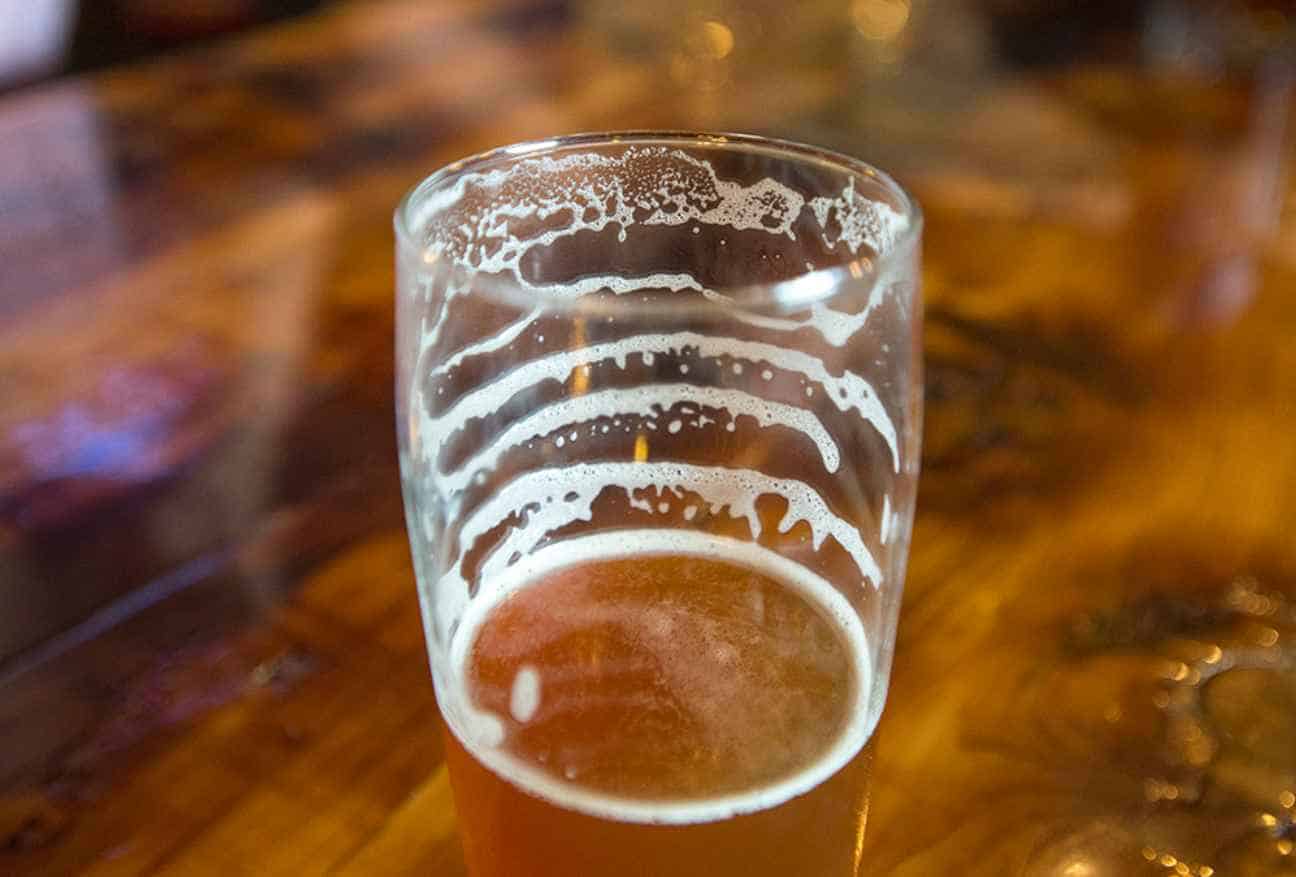The phrase “Beer Lacing” is thrown around a lot in the beer community. You may have heard of or used the term in a conversation. But what does beer lacing mean?
Beer lacing is the tendency of beer to smear white foam or laces on the sides of the beer glass. After a sip of beer, the head drops with the level of the beverage. While at this level, the head leaves a white ring of foam. And as you continue drinking, the beer forms more and more laces with every sip.
Beer lacing indicates that your glass is clean and your beer is protein-rich. This article will discuss how to improve beer lacing and how it compares among different beer styles. But first, what causes beer lacing?
What Causes Beer Lacing?
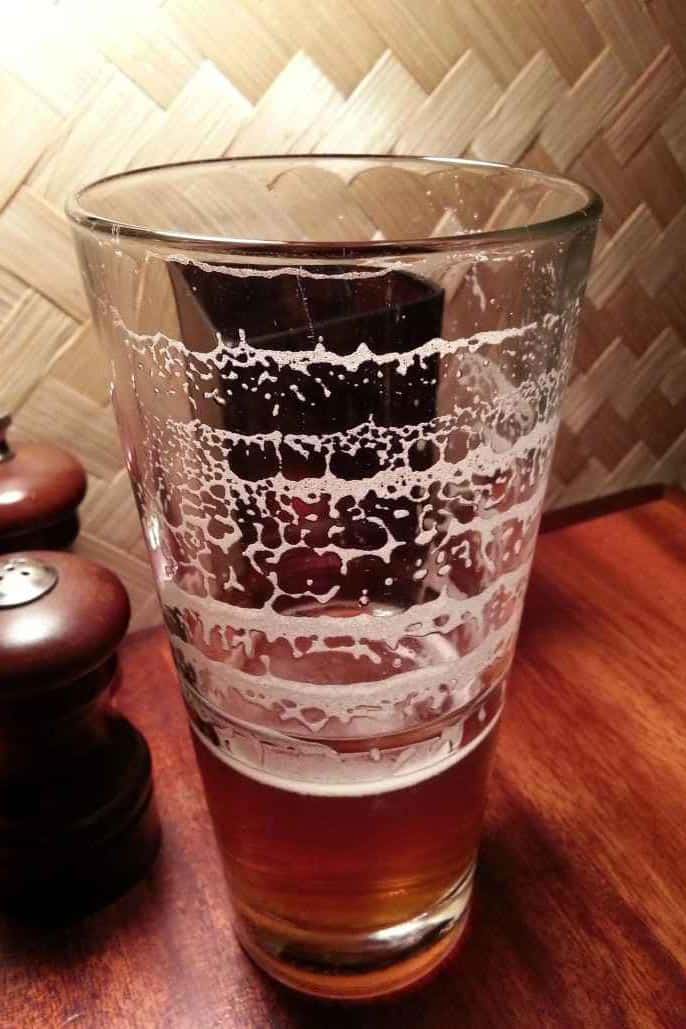
Beer lacing is the foam that clings to the sides of your beer glass. To explain what causes beer lacing, you need to understand how beer foam is generated.
Beer foam is a consequence of a phenomenon called nucleation. According to ThoughCo., nucleation is the process that causes bubble-formation in liquids.
For example, nucleation causes bubbling as heated water nears boiling. When you shake a soda can or champagne bottle, the froth that bursts out results from nucleation. The foam that makes up the beer head is also a consequence of nucleation.
But why are champagne and soda foam short-lived while beer foam is persistent? Beer contains a protein called Lipid Transfer Protein 1 (LTP1). This protein coats carbon dioxide bubbles as they rise to the surface. LTP1 proteins are stable, and they trap the gas for longer. Sodas and champagne lack Lipid Transfer Protein 1.
The Role of Proteins in Beer Lacing
LTP1 belongs to the albumin class of proteins. These proteins come from malt, especially barley, wheat, corn, and rice. During mashing, enzymes break down the starches in the grains into carbohydrates and proteins. Among these proteins is LTP1, which is resistant to protease action.
Lipid Transfer Protein 1 forms complex bonds with hop compounds to make beer foam. LTP1 proteins are hydrophobic, meaning they don’t mix with water. Since beer comprises 95% water, LTP1 proteins find themselves in quite a predicament. These proteins cling to CO2 gas bubbles to escape as they rise to the top.
Once on the surface, LTP1 proteins form a coating on the bubbles. The protein coating helps retain beer foam for longer. And for this reason, beer foam sticks around for longer in comparison to soda and champagne bubbles.
The Role of Carbonation on Beer Lacing
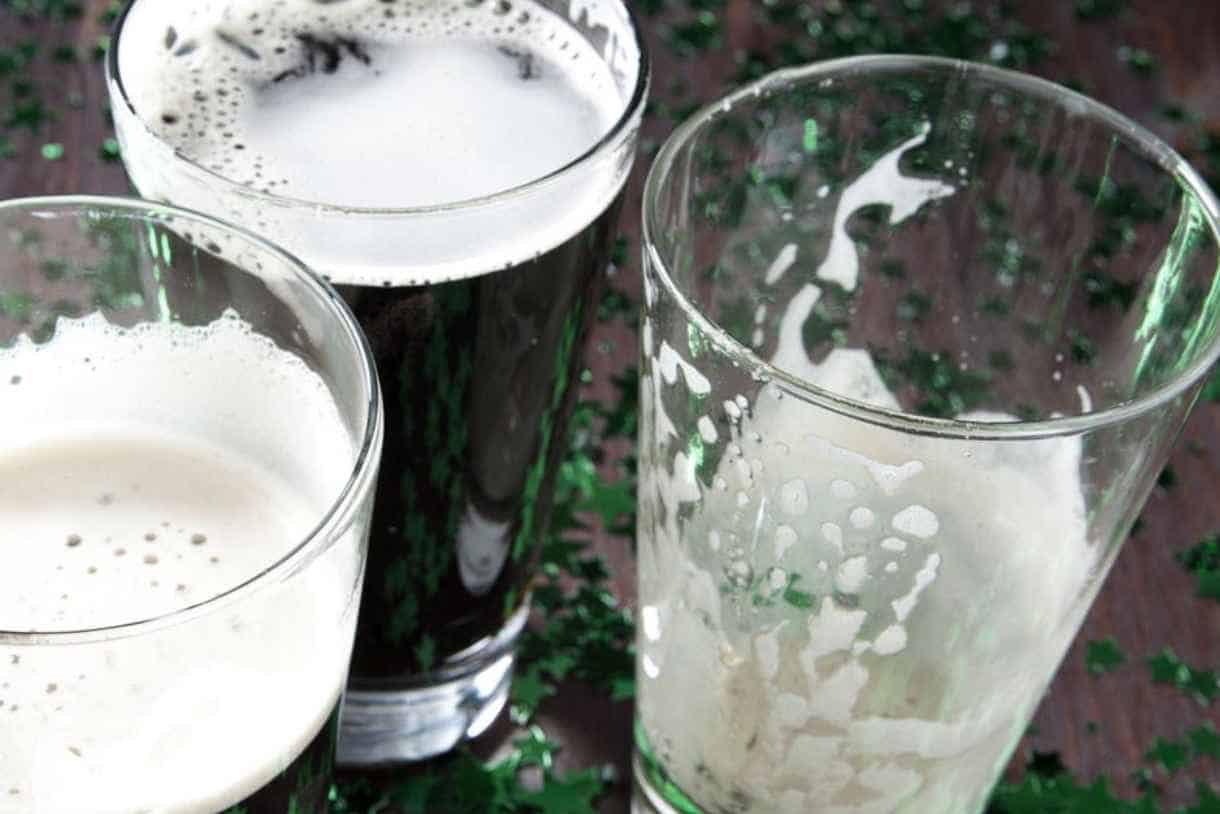
As you’ve learned, LTP1 proteins are hydrophobic. They use carbon dioxide gas as a means to escape the water-rich beer. These proteins grab onto carbon dioxide bubbles as they float to the surface.
The higher the carbonation level, the higher the quantity of dissolved carbon dioxide gas. Under room temperature and pressure, carbon dioxide fizzles out of beer. The higher the quantity of dissolved gas, the bigger the beer head. Big beer heads tend to leave more lacing.
The Role of the Glassware in Beer Lacing
The insides of beer glasses feature special etching patterns or scratches at the bottom of the glassware. These etched patterns form nucleation sites where bubbles form. Once these bubbles achieve enough buoyancy, they rise to the top. This process replenishes the beer head.
Soda and champagne bubbles can also grapple on these sites. But without LTP1 proteins, the bubbles won’t stick around for long.
Beer Lacing: Dirty vs. Clean Beer Glasses
Grease and oils from lipsticks and chapsticks pop beer bubbles. A dirty glass neither forms a beer head nor beer laces. A clean glass, on the other hand, forms beer laces with every sip. How can you tell whether your glass is clean or not? Study the beer lacing.
How to Improve Beer Lacing
Beer lacing is an indication of how well a beer was brewed. But how do you improve beer lacing? Let’s start with the brewing process.
Factors You Should Consider When Brewing Beer
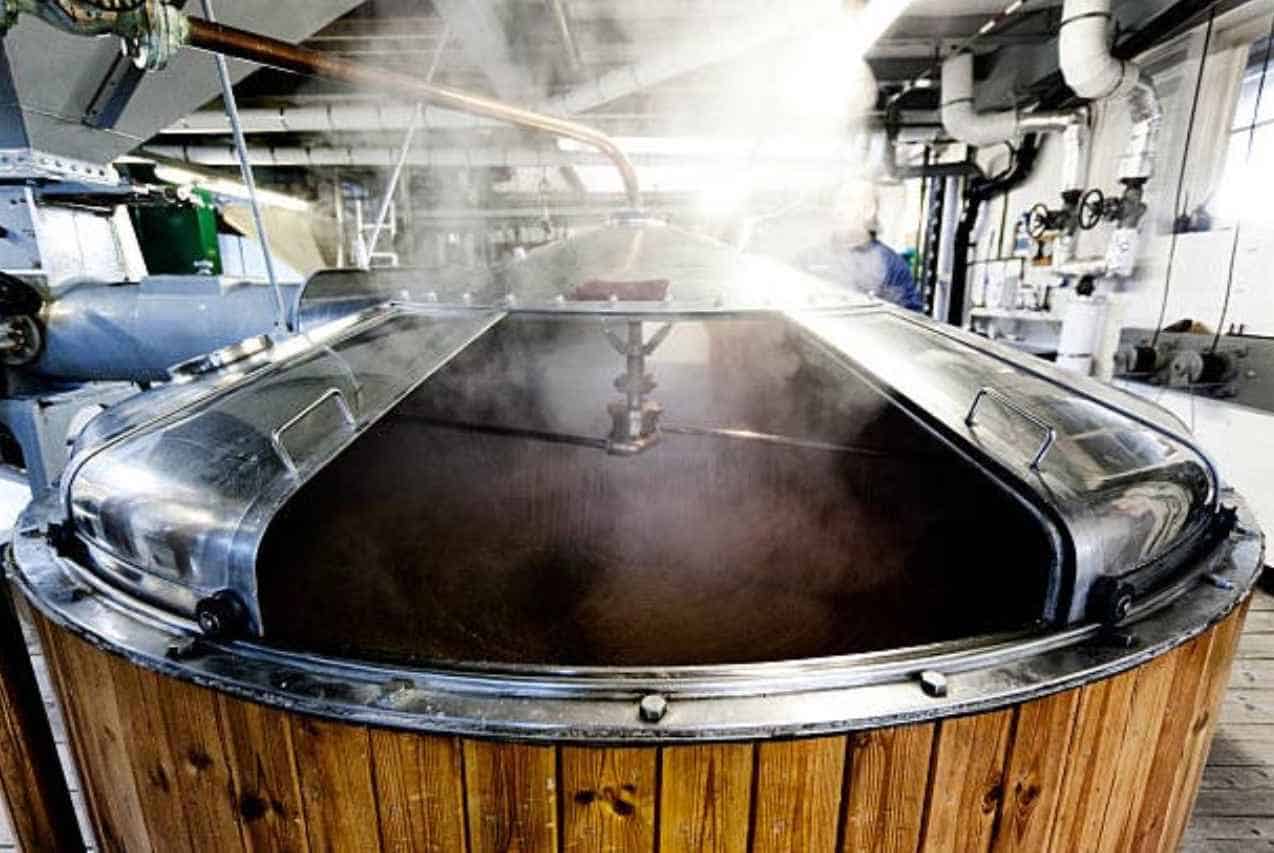
Many variables determine the nature of your beer’s lacing. Below are the most significant brewing factors:
- Malt Grain Variety: Beer foam is created when LTP1 proteins coat carbon dioxide bubbles. These proteins come from malt, and some grains contain a higher concentration of LTP1 proteins than others. Grains with high LTP1 content include barley, corn, rice, and wheat. If you want to improve beer lacing, integrate barley, corn, rice, or wheat into your brewing process.
- Alcohol Content: Alcohol is a foam deterrent. When the alcohol content is too high or too low, the beer loses its ability to foam. The optimal alcohol level for lacing is about 5% ABV. If you want better lacing, you should target this alcohol level.
- Nitrogen Gas: Beer brands like Guinness are infused with nitrogen gas. Nitrogen is less soluble than carbon dioxide. As a result, it forms a high quantity of tiny bubbles. More bubbles translate to a bigger head and thicker beer laces.
Factors You Should Consider When Serving Beer
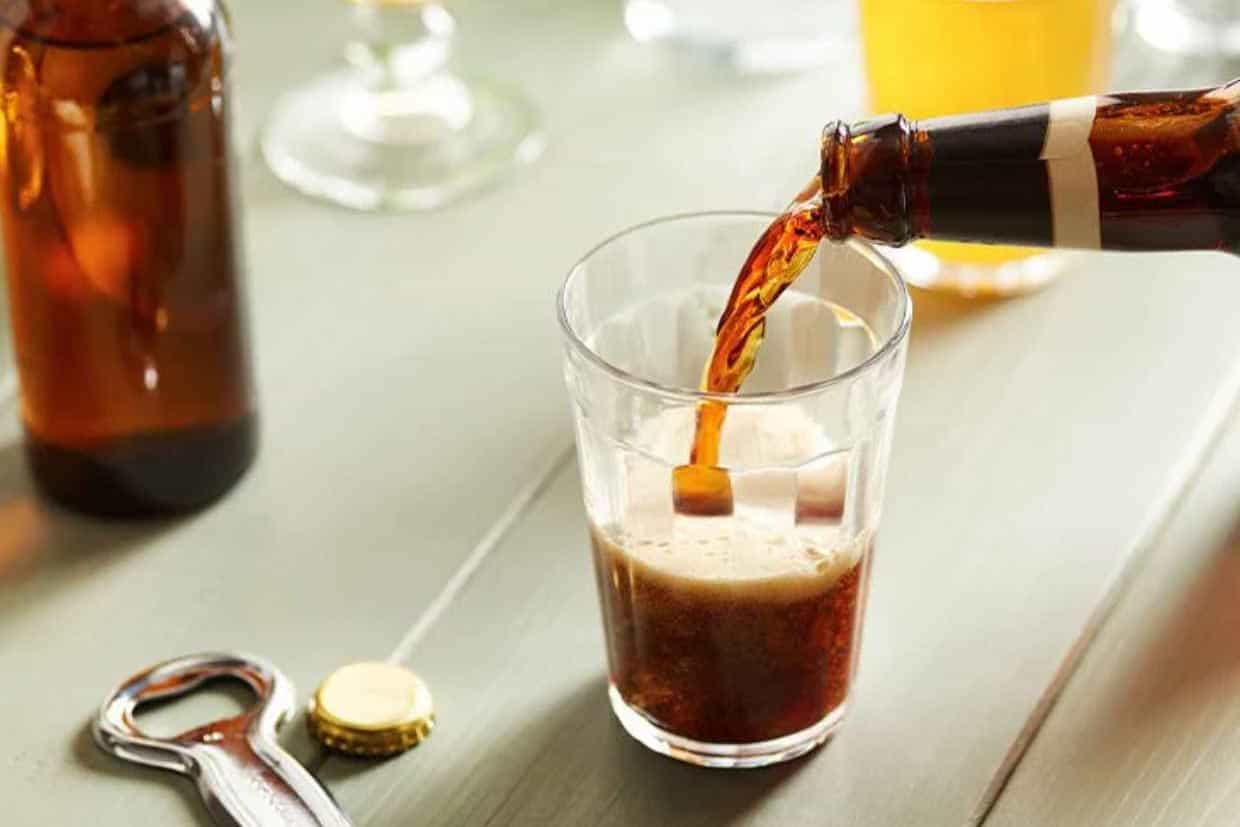
The way you serve your beer can also improve beer lacing. Below are factors you should consider when serving beer:
- Glassware: Etched beer glasses have tiny grooves or patterns at the bottom of the glassware. These grooves form sites for nucleation. Carbon dioxide bubbles accumulate at these nucleation sites. And when they are buoyant enough, they float to the surface, replenishing the head. And as you drink your beer, the head smears to the sides of the glass, forming beer laces. Oils and grease from fatty foods and lipstick block protein interaction, thus killing the foam. Clean beer glasses lace better than dirty glasses.
- Serving Temperature: Warm beers form large bubbles. These large bubbles absorb smaller bubbles to increase their sizes. This process is known as disproportionation. Large bubbles foam and lace poorly. Cool temperatures result in the formation of tiny bubbles that don’t absorb each other. Small bubbles foam and lace better than large bubbles. To improve beer lacing, serve your beer at low temperatures.
Beer Lacing and Beer Styles
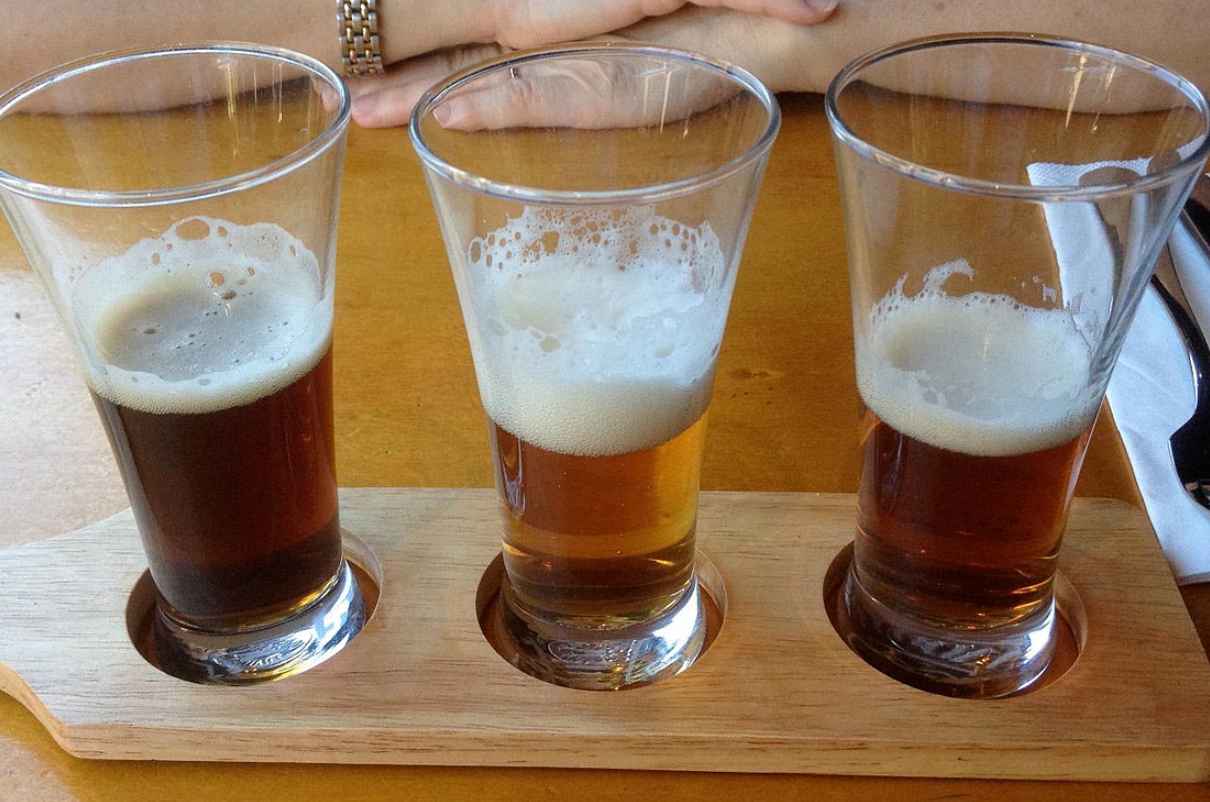
Depending on how they are brewed, some beer styles have better lacing abilities than others. Beer lacing can also vary within a beer style, from beer to beer. Nitro stouts or nitrogen-infused stouts are famous for their lacing abilities. The flagship brand of this beer style is Guinness Extra Stout.
Nitrogen forms tiny bubbles that rise to the surface to form a creamy head. This thick beer head leaves distinctive rings to mark every sip. With this beer, it doesn’t matter whether your glass is clean or not.
Other beer styles with impressive lacing include IPAs, some lagers, ales, and other brews with high hop intensities.
Beer Lacing: Frequently Asked Questions
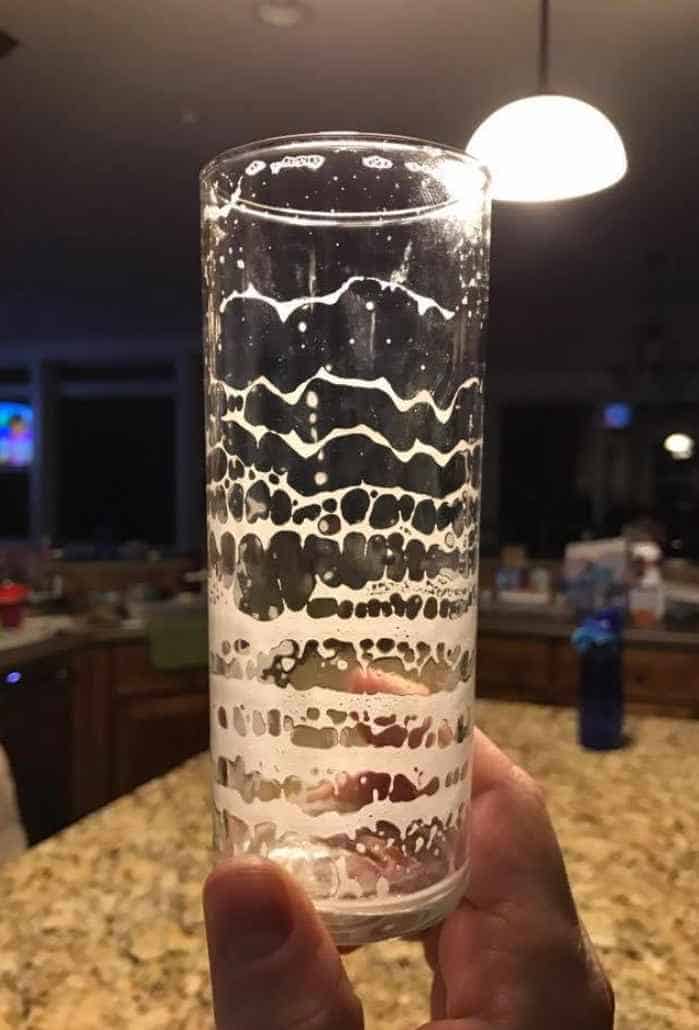
Below are answers to the internet’s most-asked questions regarding beer lacing:
What Does Beer Lacing Indicate?
Beer lacing can indicate different things. A stable lace could indicate that the beer was brewed with protein-rich malt. Beer foam persists because the carbon dioxide bubbles are coated with protein. The higher the protein content, the higher the foam retention. High-protein grains include barley, corn, rice, and wheat.
Beer lacing can also indicate that the beer is nitrogen-infused. Nitrogen is less soluble than carbon dioxide. When it dissipates, it forms tiny bubbles that rise to form a creamy head and a stable lace. The most famous beer for lacing is a nitro-stout called Guinness Extra.
Beer lacing can also be a sign of a clean glass. Grease and oils are foam deterrents. They block protein interaction, thus killing the foam.
What is the Lacing Test for Beer?
The lacing test is a method of evaluating glassware cleanliness. It involves filling the test glass with beer, pouring it out at different stages, and observing the laces. Clean glasses create parallel foam rings at different levels—dirty glasses form irregular lacing patterns.
Does Lacing Matter in Beer?
While beer lacing tells us a lot about how a batch was brewed, it says a little about the overall quality of the brew. A beer with poor lacing ability is not necessarily an inferior product.
Conclusion
Beer lacing is an indication of a well-brewed beer. It shows that the brew was made from a protein-rich malt and a heavily-hopped wort. It also reveals the standard of cleanliness of a particular beer glass.
As a homebrewer, you can improve beer lacing by using protein-rich malts as your base. You can also infuse your beer with nitrogen and aim for an alcohol content of 5% ABV. As a consumer, you can improve beer lacing by serving your beer at low temperatures and using etched glassware.
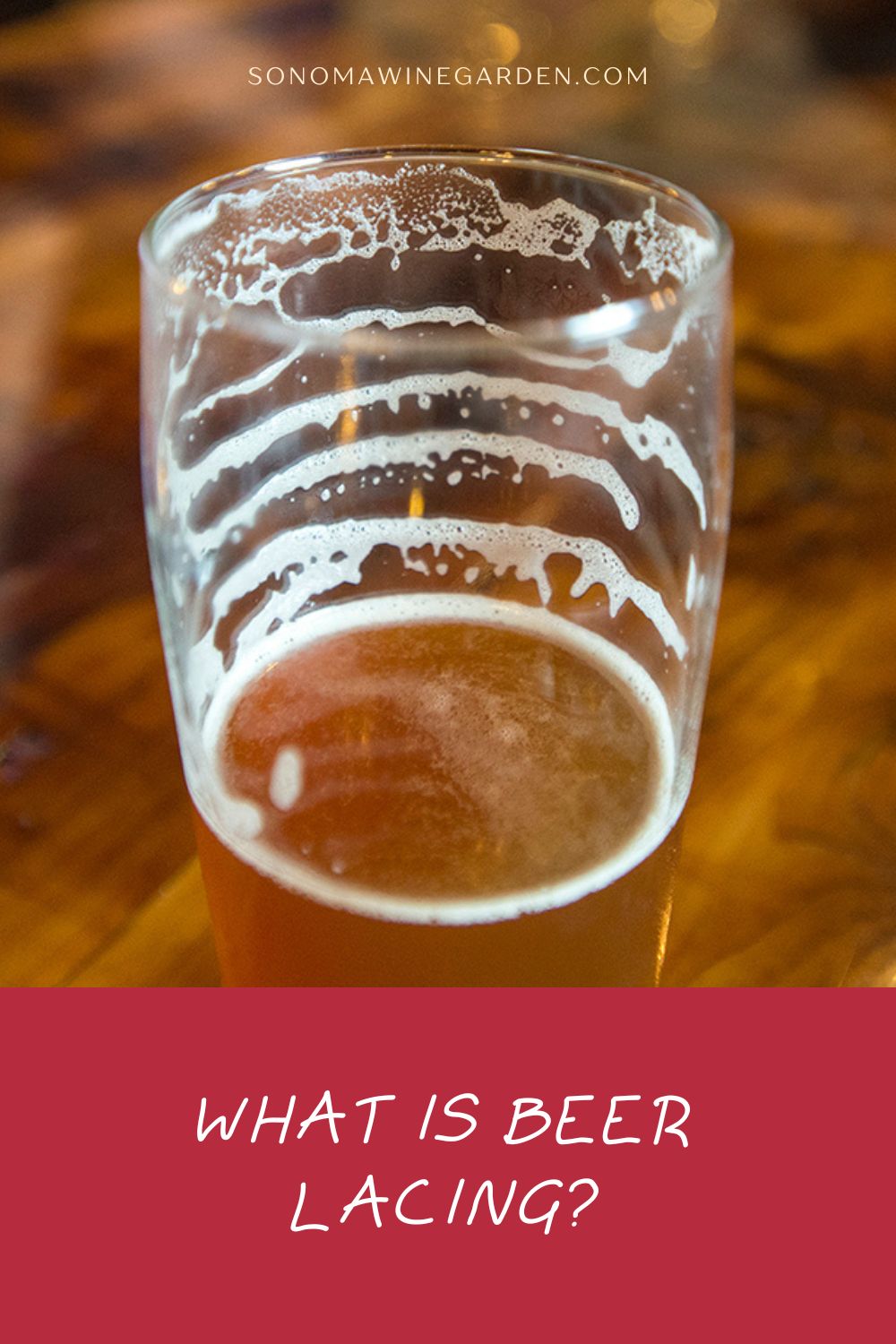

As a homebrewer, Michael would get frustrated about the lack of brewing information on the internet. After hundreds of gallons of spoilt batches, Micheal had enough. And he founded Unknown Brewing as a resource for homebrewers.
